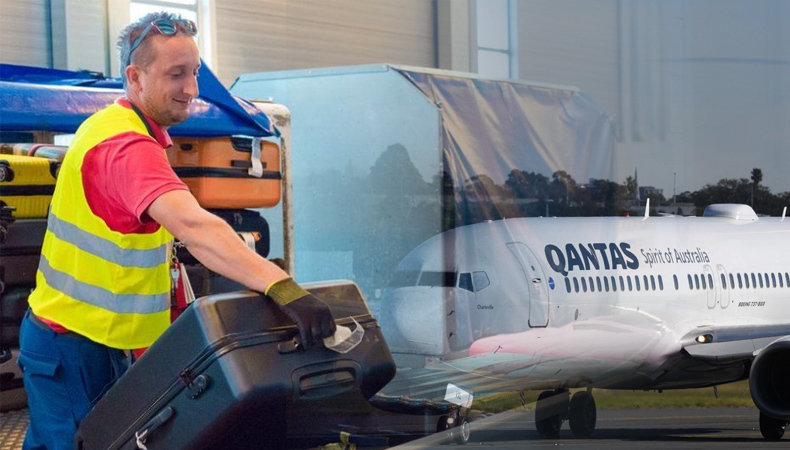Qantas Requests Staff To Volunteer In Baggage Movement


Qantas for example is seeking a three-month help support from its internal teams to handle the surge in baggage traffic. For this, senior executives at the office of Australian airline Qantas Airways have been asked to help. It is a simple deal- 100 people to volunteer and help so that the airline can function smoothly.
Speaking to the media, Qantas’ chief operating officer Colin Hughes has said, that “The high levels of winter flu and a Covid spike across the community, coupled with the ongoing tight labour market, make resourcing a challenge across our industry. There is no expectation that you will opt into this role on top of your full-time position.”
Related Posts
Work would entail loading and unloading bags plus driving around of vehicles that transport the bags. Those who had been laid off were moved to other more flexible options for work.
Because it will take time to train newer staff, the airline has requested its own staff working in other capacities to volunteer some three to five days a week to help with luggage clearance.
Airlines have started to recruit pilots again in large numbers to manage the air traffic and frequent flights. The US airline Boeing for example, last month itself, raised its 20-year global demand forecast for commercial airline pilots and other aviation workers by 3.4 per cent compared with what it projected in 2021.
The US plane maker now projects a need for 602,000 pilots, 610,000 maintenance technicians and 899,000 cabin crew members to safely support the recovery in commercial air travel and staff the fleet over the next two decades, according to its latest Pilot and Technician Outlook.








